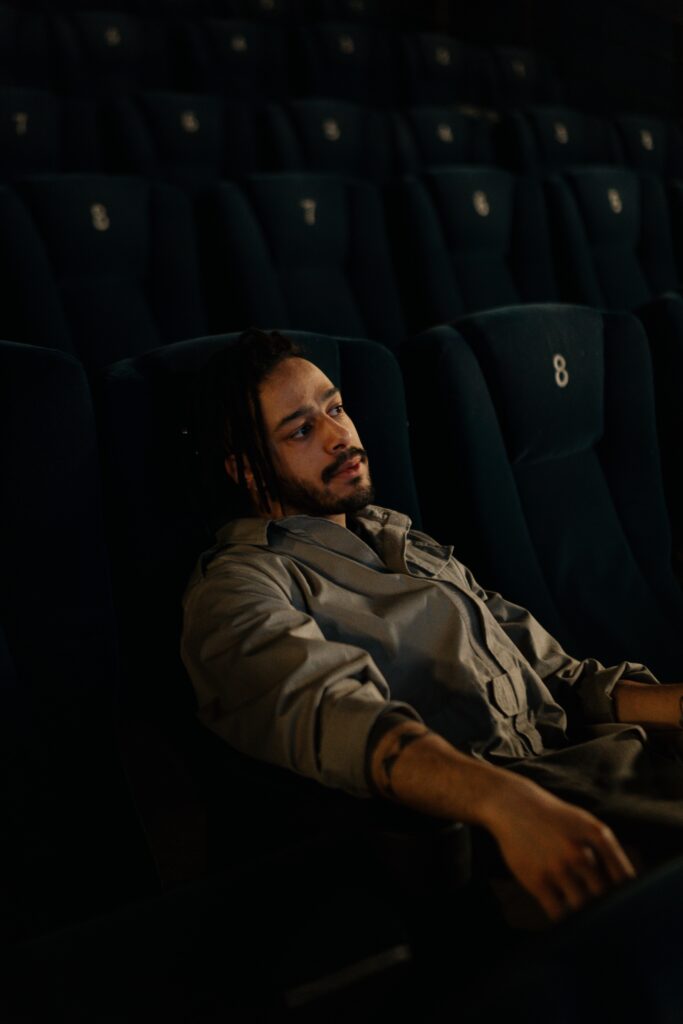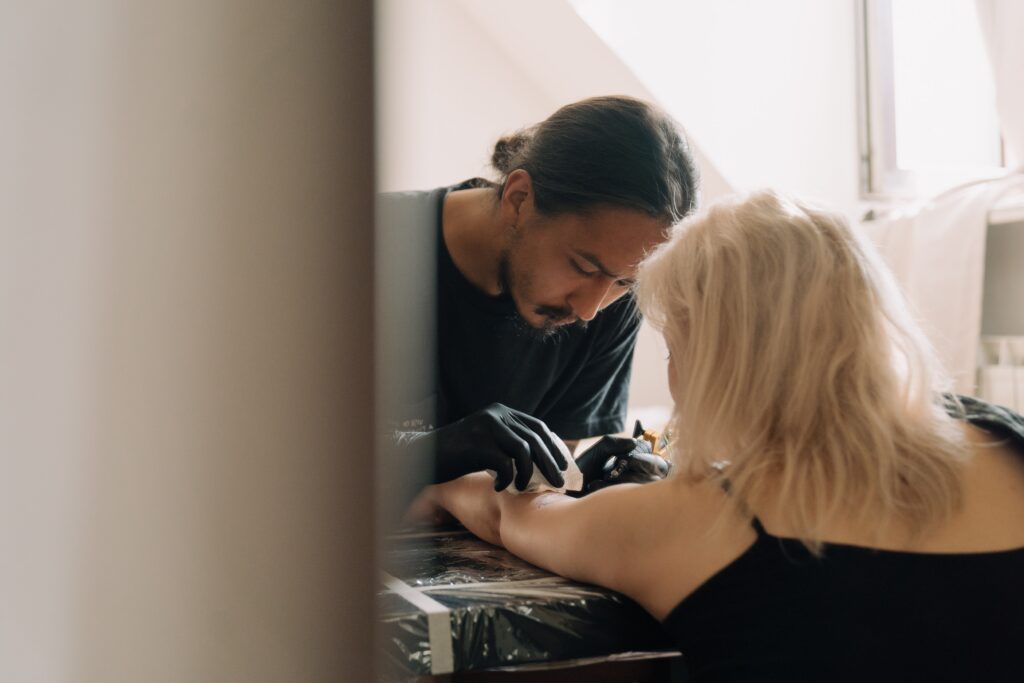Pixar’s new film “Inside Out” seems to be creating quite the stir in the therapy community. Most clinicians in our field tend to agree that the movie provides very accurate and useful information about emotions in a way that is accessible and entertaining. It tells the story of a young girl, Riley, and the characters of her emotions- Joy, Sadness, Disgust, Anger, and Fear (clearly not fully exhaustive coverage of our emotions but this is a kids’ movie after all). The emotions operate from a “control center” that serves to help Riley relate to herself, the environment, and those around her. Here are what we found to be some of the main takeaways of the movie that we hope aren’t spoilers 🙂

Thoughts on Pixar’s Movie Inside Out
1) When we are under stress, we can forget some components of who we are.
At one point in the movie, Riley experiences a significant stressor and begins to lose track of some of the main things that make her her. When we are going through something difficult in our lives, it can be easy to forget about the people and things that can help us through a challenging time. We can forget, for example, how much we love a hobby, how nourishing time with certain loved ones can be or how much we value time in nature. We can also forget our strengths- the qualities within us that have made us resilient, tenacious and capable throughout our lives. By reminding ourselves of these things, we can remember to connect to people, things, and contexts that remind us who we are, which can consequently help us to weather the stressor more effectively.
2) We need ALL of our emotions.
The emotion characters spend a large portion of the movie trying to keep Sadness out of the way so that Joy can run the emotional show. In the movie, you’ll see how this affects Riley but we can speak to how we see this show up in our work with clients. We can often think of emotions as either being “good” or “bad.” We can actively seek out the “good” ones- such as joy, excitement, or love and do almost anything to avoid the “bad” ones- things like sadness, anger and grief. Doing this, however, actually serves to keep us disconnected from ourselves and makes it difficult to access our full emotional range. Our ability to allow ourselves to feel the more uncomfortable emotions like sadness only enhances our ability to allow ourself to feel the more positive ones like joy. If we cut ourselves off from any particular emotion, we can actually be cutting ourselves off from feeling many of the emotions that we would like to feel.
3) It is often our vulnerability and emotional pain that helps us to connect more deeply to others.
Riley spends a chunk of the movie keeping her emotional experience to herself. As you’ll see in the movie, this causes a great deal of pain and difficulty. It’s essential that we be able to share with those close to us both when things are going well and when we are struggling. We miss out on the opportunity for deep human connection when we keep our emotional pain to ourselves. In addition, doing this can also cause many issues ranging from things like interpersonal/relational difficulties, procrastination/ trouble at work or sleep difficulty to things like depression, anxiety and substance abuse or addictions. It’s important, of course, to be mindful of who in our lives can feel safe and appropriate to share our emotional experiences with and sharing this with a therapist can be a great place to start. In our personal lives, when we share our vulnerability and struggles it can make those in our lives feel comfortable sharing more deeply as well. This enhances relationships and builds a foundation for authentic and meaningful connection.
If you’re looking for a way to use your emotions to connect more deeply with yourself and others, we can help. Give us a call to see if therapy could be a good fit for you.
Liz Hayman, MA MFTI



